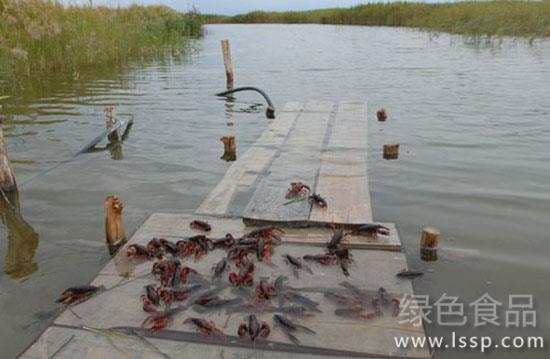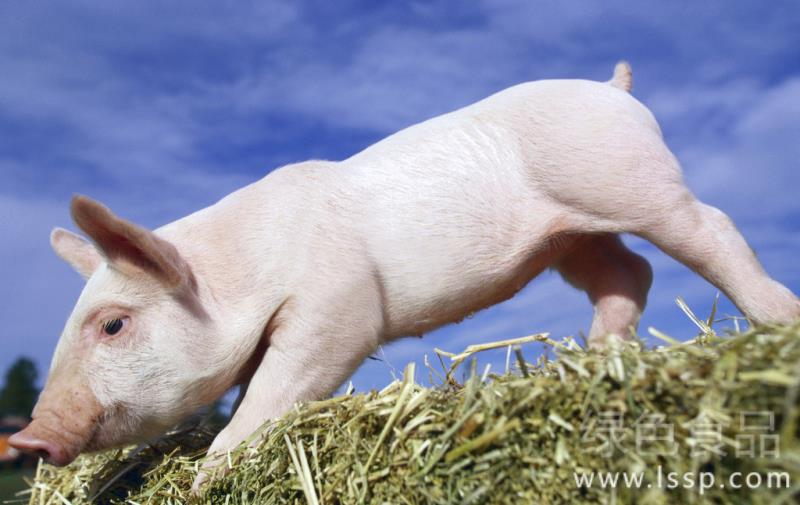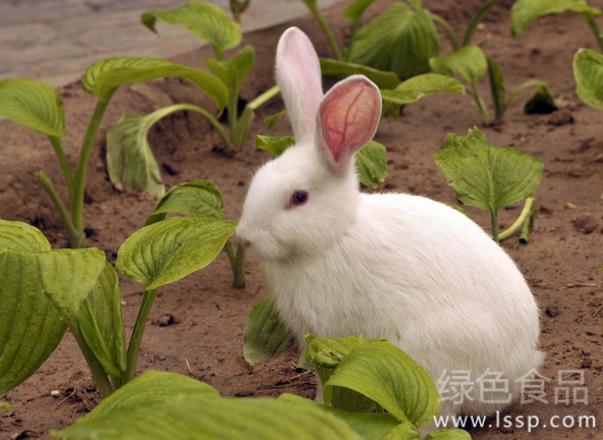Shelling affects crayfish growth how to manage crayfish during shelling period
Strengthen the management of shelled shrimp. The growth of crayfish is realized by shelling, which is an important symbol of crayfish growth. It is very important to do a good job in the management of shelled shrimp. In order to strengthen the management of shelled shrimp, measures such as feeding and changing water should be taken to promote centralized shelling of crayfish. When a large number of crayfish are shelled, bait should be reduced, human interference should be reduced, and crayfish should be shelled smoothly. After a large number of crayfish are shelled, it is necessary to increase the feeding of high-quality feed in time to prevent crayfish from killing each other due to insufficient feed.

Crayfish culture
Make up and topdressing. During the feeding period, topdressing should be applied at the right time. After a week of stocking shrimp seedlings, 100-150kg of fermented livestock and poultry manure can be applied per mu to cultivate plankton for shrimp seedlings to feed. In the middle and later stages of breeding, topdressing should be applied timely according to the transparency of the pond water, so that the water color is green or brown, and the transparency is 30-40cm; the water quality should not be too fertile, otherwise it is easy to cause crayfish anoxic floating head. Generally, topdressing is applied every half a month, and the fertilizer is mainly fermented organic manure, and the amount of fertilizer is 15-20kg per mu. In summer, special attention should be paid to the anoxic floating head of crayfish.
Feeding shellfish: in the process of growth, crayfish need to absorb a large number of mineral trace elements from the water (especially the absorption of P is greater than the needs of Ca, Fe, Cu and other trace elements) to meet the normal growth needs. Intensive culture often makes the content of mineral trace elements in feed and water seriously insufficient. Crayfish due to the lack of P, Ca and other trace elements absorption will lead to crayfish carapace can not be shelled, hardened, the formation of soft shell or shell failure, the growth rate slows down. After scientific proportioning, shellfish contains minerals and trace elements needed for the growth of crayfish, which can quickly supplement and maintain the demand for mineral trace elements of crayfish.
The body surface of various aquatic crustaceans such as shrimps and crabs is surrounded by chitin and calcified shell, so shelling is one of its peculiar physiological characteristics. However, the body lacks the hormones needed to synthesize its shelling. under the condition of intensive culture, ecdysone and its precursors must be added to its food intake. Ecdysone can meet the special needs of prawns and crabs. Shedding can make shrimp and crab molt instantly, accelerate the shelling process, improve the survival rate and synchronization of shelling, and achieve the purpose of rapid growth. Desquamate, also known as hard chitin (choloscidol), contains VA, VE, Vk3, Ca, Fe, P, Mg and other trace elements, usage (1) sprinkle: 1 m water depth, 3 mu / bag (1kg), once every 10-15 days, once a day for 2-3 days when soft shell or shelling failure occurs. (2) mixing and feeding: when crayfish have carapace ulcer, use it for 3-5 days, or 10-15 days before going out of the pond, 1-2kg/ ton of feed.
- Prev

Diarrhea can lead to the death of piglets. How to prevent and control diarrhea in piglets?
Diarrhea can lead to the death of piglets. How to prevent and control diarrhea in piglets?
- Next

Reasonable feeding is conducive to rabbit growth. How to feed rabbits reasonably?
Reasonable feeding is conducive to rabbit growth. How to feed rabbits reasonably?
Related
- On the eggshell is a badge full of pride. British Poultry Egg Market and Consumer observation
- British study: 72% of Britons are willing to buy native eggs raised by insects
- Guidelines for friendly egg production revised the increase of space in chicken sheds can not be forced to change feathers and lay eggs.
- Risk of delay in customs clearance Australia suspends lobster exports to China
- Pig semen-the Vector of virus Transmission (4)
- Pig semen-the Vector of virus Transmission (3)
- Five common causes of difficult control of classical swine fever in clinic and their countermeasures
- Foot-and-mouth disease is the most effective way to prevent it!
- PED is the number one killer of piglets and has to be guarded against in autumn and winter.
- What is "yellow fat pig"? Have you ever heard the pig collector talk about "yellow fat pig"?

